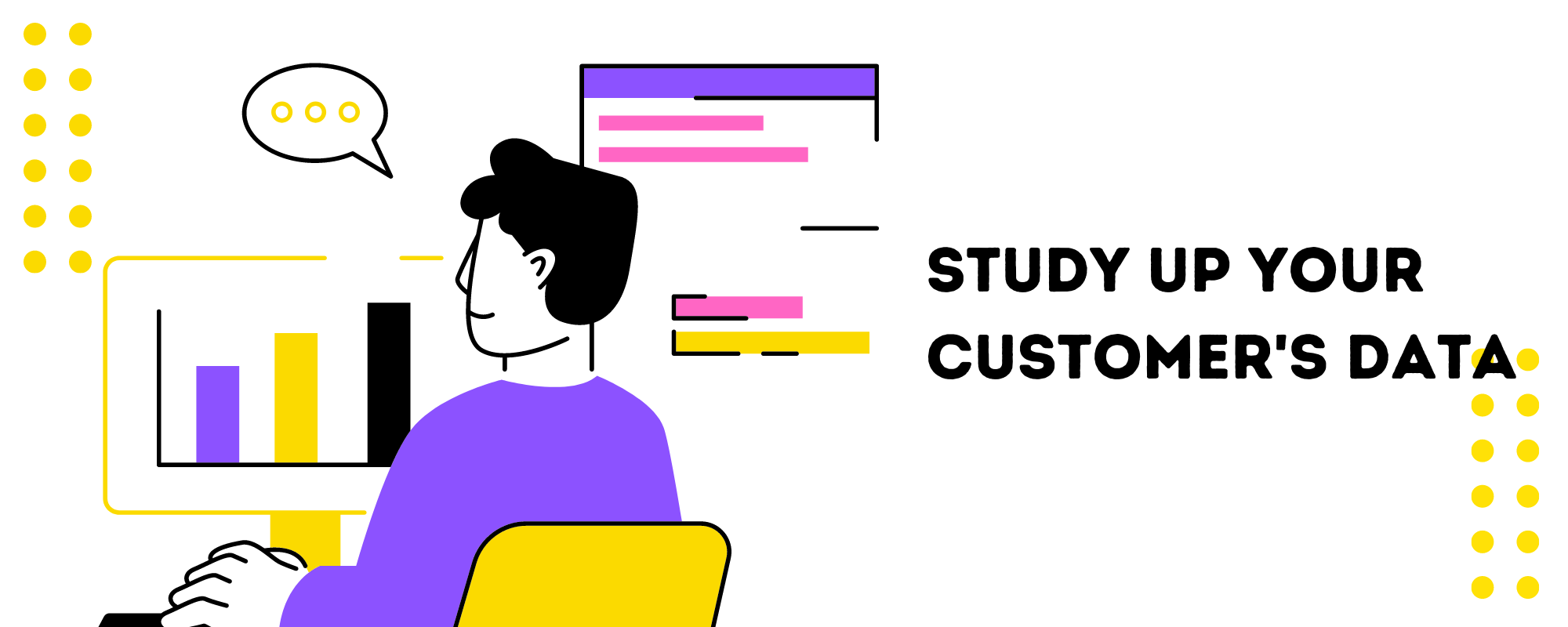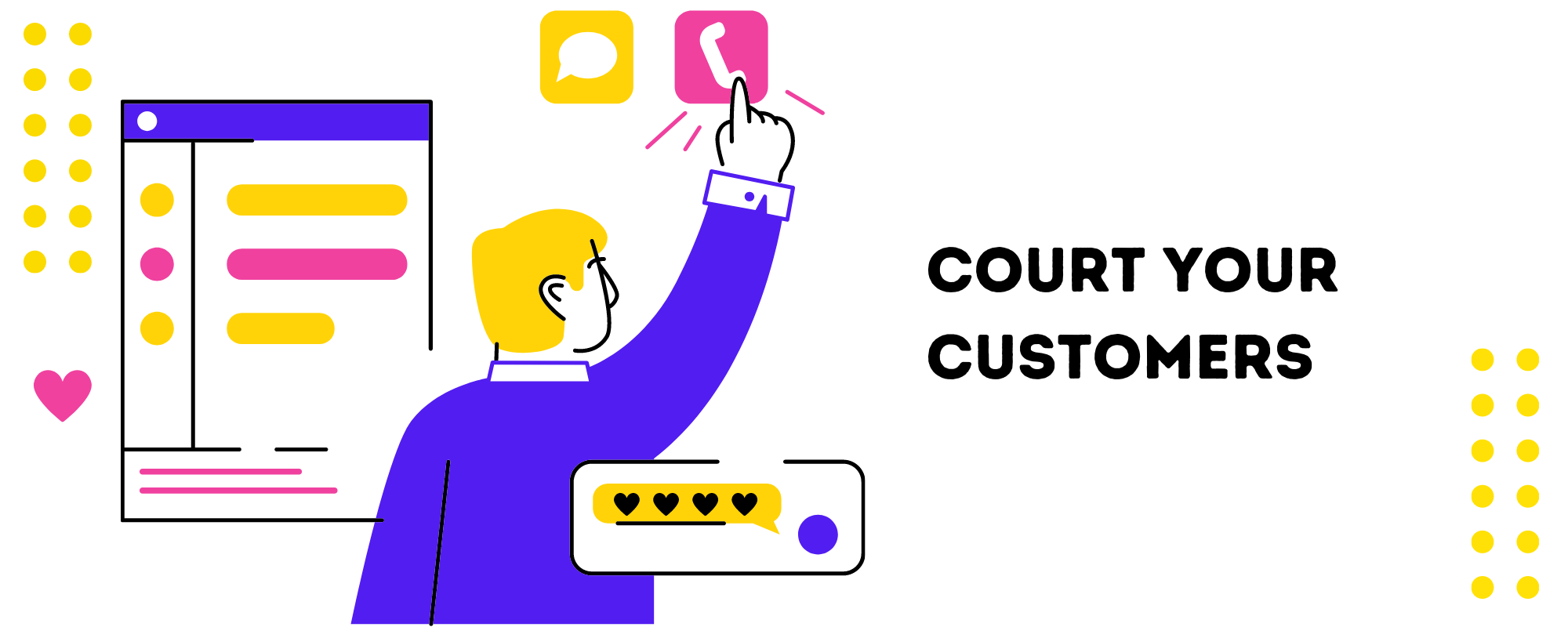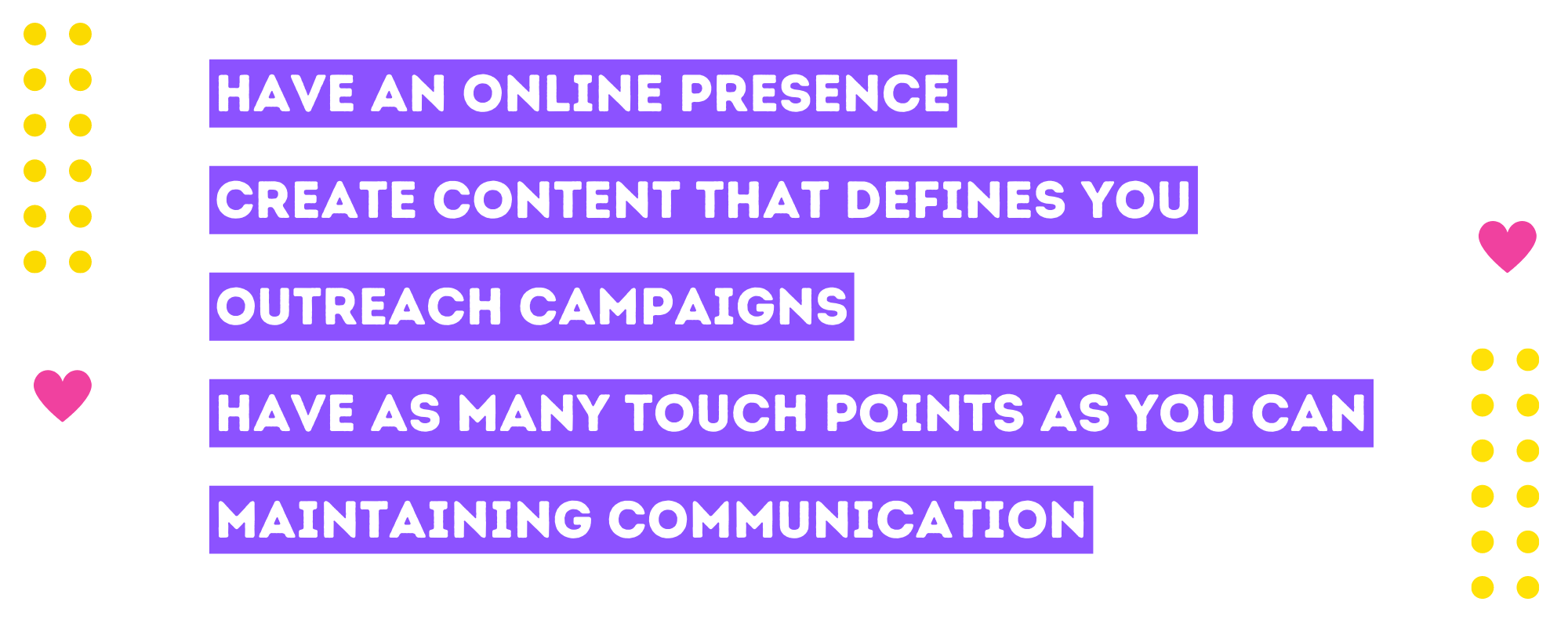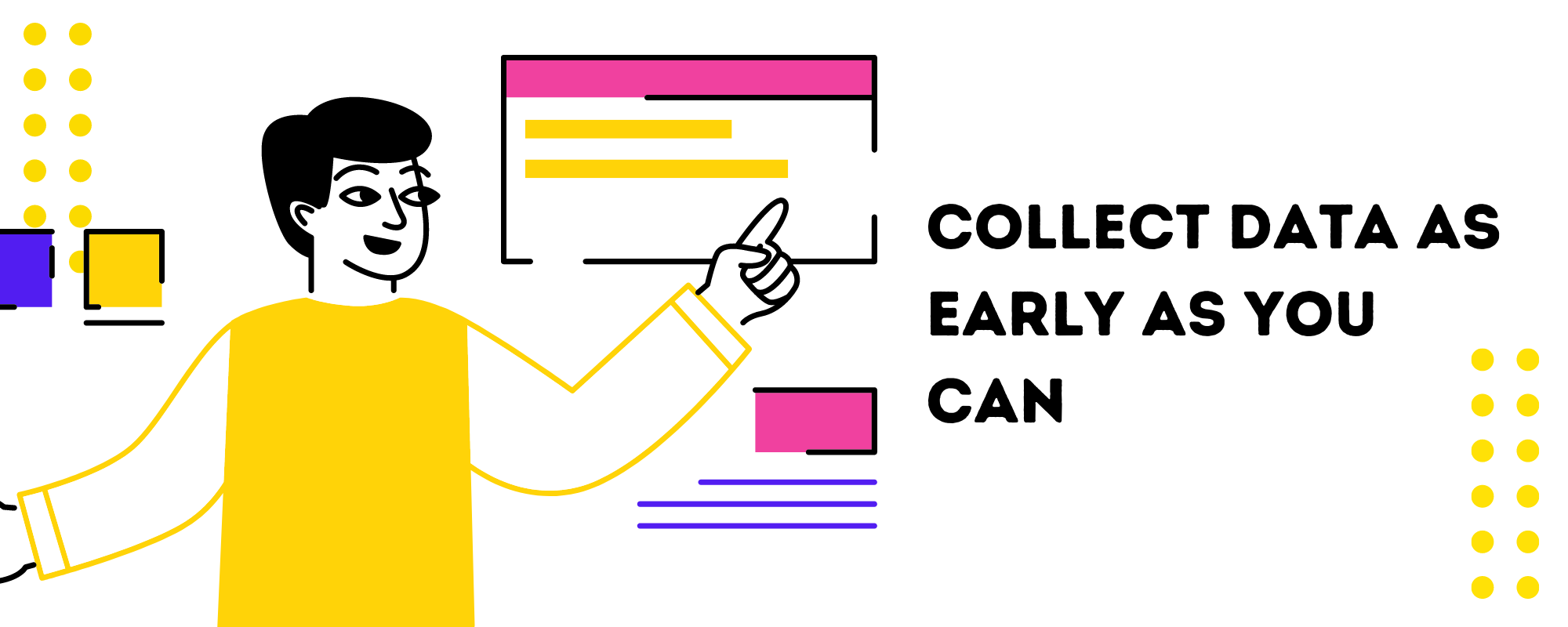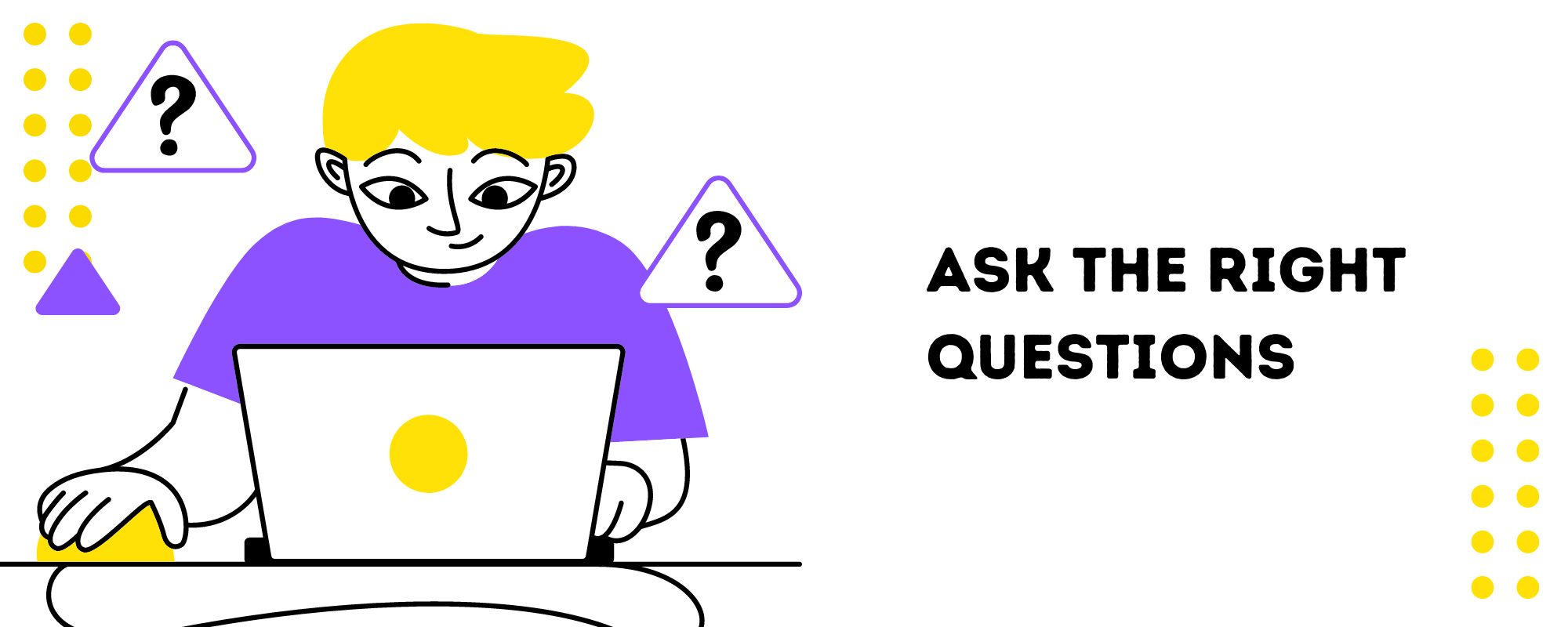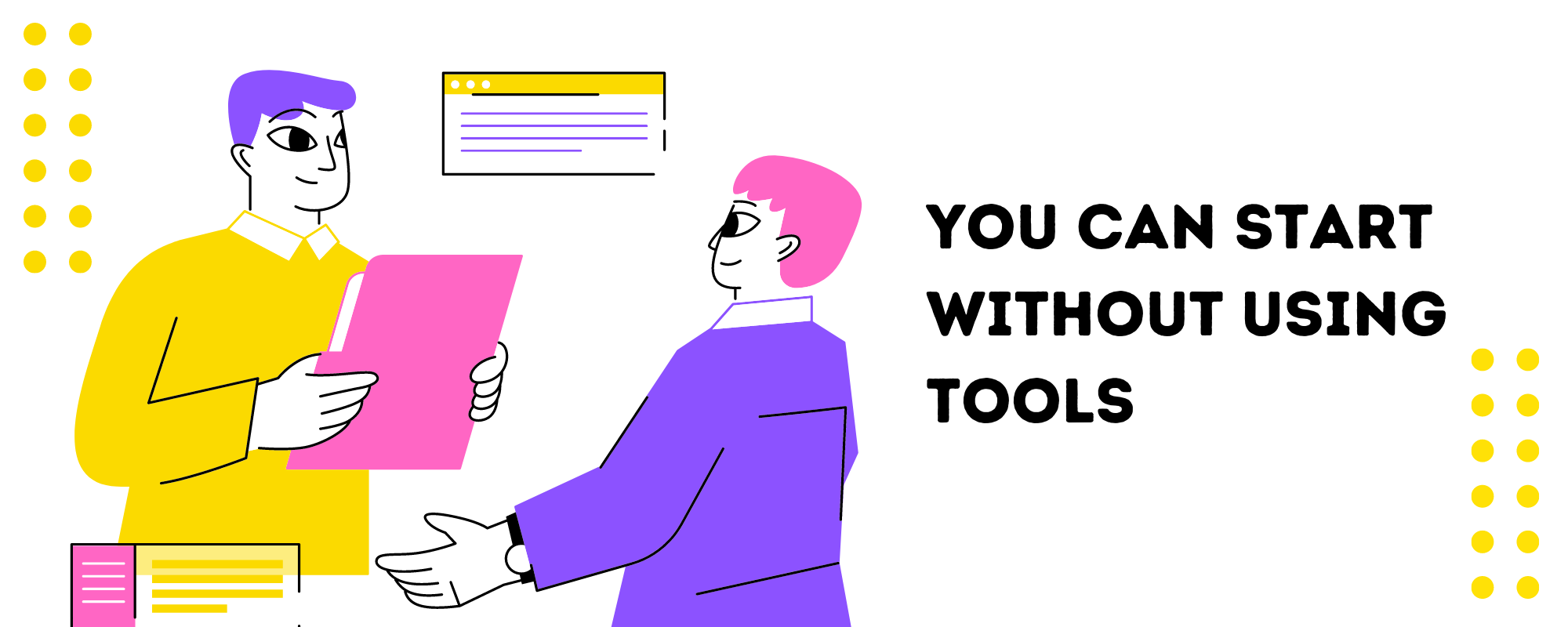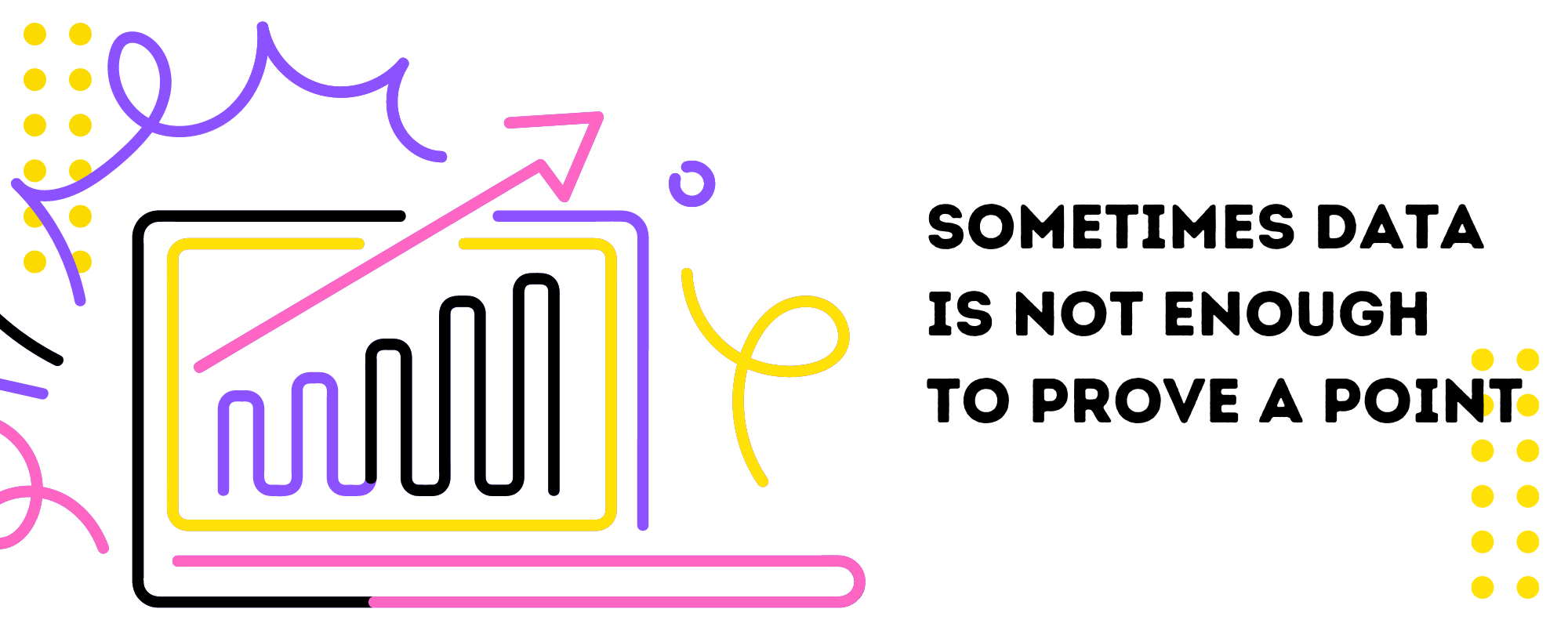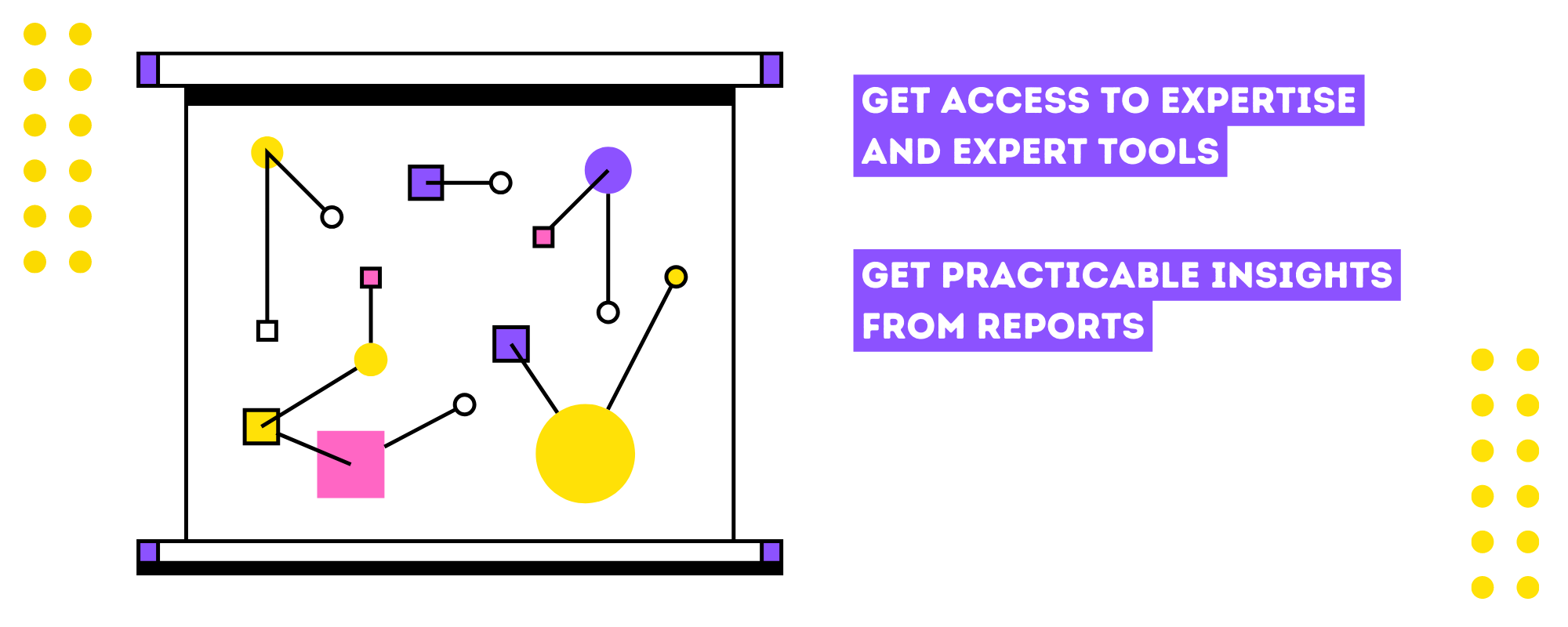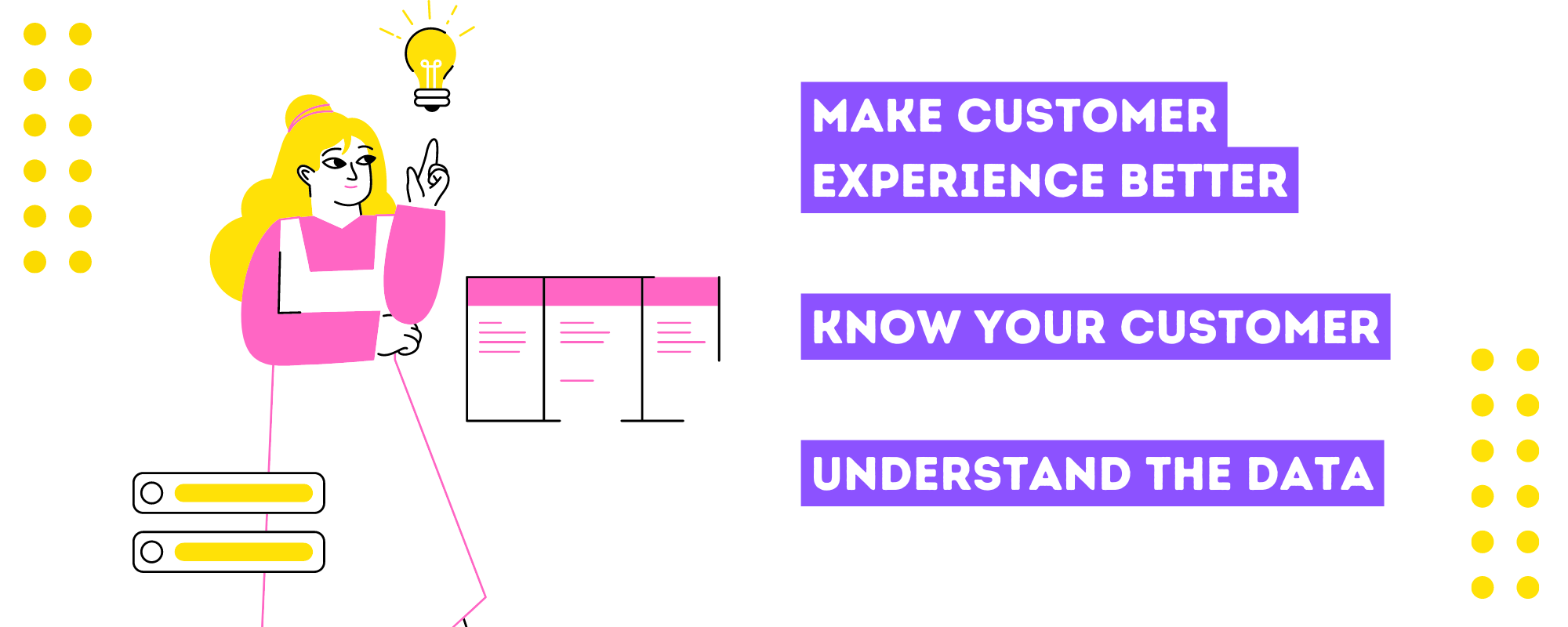
Getting To Know Your Customer With Data & Analytics
CATEGORIES
Tags
24/7 analytics australia automation Business Process Outsourcing company Copywriting CRM customer support data data and analytics Delegate digital digital advertising digital marketing Digital Support Staff ecommerce Email Management Email Marketing Entrepreneur Freelance Writers google ads graphic design Hiring Freelancers Marketing offshore offshoring ominchannel support organizer outsource Outsourcing Philippines Project management reporting seo seo audit Shopify Small Business social media Social media experts social media management United States video Virtual Assistant Virtual Team
For your business to effectively grow, you need to cultivate relationships. And the first step in cultivating your relationships is knowing and understanding your customer.
Know Your Customer Through Data
The traditional ways to know your customers were hosting/attending expos, setting up pop-up shops, and the likes. However, now that businesses are online, technology has helped tremendously in knowing your customers through data.
Data is just a technical term for information. But data also has a purpose other than providing info. Data is gathered specifically for examinations or to make decisions according to Oxford. This is where the term “data-driven” comes from. When you have accurate insights about your customers, you can make data-driven decisions.
Setting up for data collection is very accessible because most platforms that you will use from the start already collect data for you. Facebook has Audience Insights, Google has a plethora of tools such as Analytics and Trends, even Shopify has its own Analytics on its tiers.
You can also have standalone tools that have free tiers like Hotjar and Hubspot’s Free Online Form Builder.
Date/Court Your Customers
Not literally, mind you. But the traditional function and definition of dating/courtship is knowing the other party deeper. The dating/courtship model is actually an easy and effective way to know your customers more.
First, you have to make an impression. Before you get to know them, they have to know a bit about you first – It’s having an online presence and content that defines who you are.
Then once they know you, you have to make a move, and ask them for a date – Do outreach campaigns through social media and other channels to reach out to customers.
If they agreed for a date, we then make sure they agree to a couple more dates – Get their info and have as many touch points with the customer as possible to get more info.
Then when they agree to embark on a relationship with you, you maintain constant communication – Maintain communication with the customer to get more information.
The more you know about it, the more context you’ll have on how the customers prefer to be approached. Again, like the dates that you are having.
The more time you spend on one another, the more you know about each other’s preferences. “Oh, they prefer to communicate on Messenger. Oh, they are most active at this time. Oh, it takes about 15 ads before they visit our website.”
Just remember that building relationships is a process and it takes time.
Collect Data as Early As You Can
You can plan your data collection efforts even before launching your brand. Or it can be as early as putting up your website through whatever platform you have, you should collect the data that the platform gives you.
While the data you start with won’t give you conclusive results –because it’s a small sample size– it’s still an integral part of your data pool. It’s like this, you won’t throw away the oldest soil if you are building your foundation. At the same time, you shouldn’t disregard early data.
As a business, the reality is that you can’t target everyone. It’s even counterintuitive to the term “target”. So you have to have a target audience. And one of the things that you should build out with your data is your customer persona. It’s a set of characteristics that define who your target customer is.
Every little quirk an identity has is still a part of the personality. So the data you collected early will still provide you value. Ultimately, it will help you understand your customer more after knowing them.
Understand Your Customer Through Analytics
Now that you have a pool of data that you have. It’s the time to know the customers deeper. We need to analyze this data. The information that we have from interacting either through social media or other channels answers the “what and how”, why analysis makes us understand the “why”.
Knowing the whys helps you craft strategies and improvements for your business, for everything from site development to marketing and your social media captions.
Ask the Right Questions
One thing to highlight before doing the analysis is in order for you to get the right answers, you have to ask the right questions.
Because sometimes, you already have a great team of experts and have the latest tools for an overall robust analytical system. But it will all go to waste if you ask the wrong question. Conversely, asking the right questions pushes you to implement better solutions.
Here’s an example.
Let’s say that we already have data of the customer’s preferences and we are trying to determine why monthly sales are going down? That’s the first question.
So we looked at our KPIs and the first thing that we noticed is that our ad spend last month was less than the previous month.
Having a lesser marketing budget could mean that customers are getting less ads and according to our data, there needs to be about 20 touchpoints in order for a customer to buy. So next month, we’re going to add more money to the marketing budget. However, the sales still went down.
You looked closer at the problem and it seems that it isn’t a marketing problem. Because adding to the ad spend and producing more visibility didn’t produce sales. Maybe it’s a problem with the checkout?
So you installed Hotjar to see the heatmap in your checkout process. And it seems that the related items (people who bought this item also bought these) show up even before the customer checks out and it is more prominent than intended on the page.
The customers tend to click the related items, go on to browse some more, and then leave the website. In conclusion, they are being distracted by more items, get bored of browsing, then forget the cart, and leave the site.
The solution was to show the related items after they checkout. The results were great! It secured the sale and even doubled the number of sales because they also purchase the related items.
You Can Start Without Using Tools
Remember that our main goal in analyzing the data is determining the reasons for customer behavior patterns. It’s answering the whys behind customer actions. So to get answers, why don’t we just ask the questions?
Especially when starting out, you can just ask customers why they did a specific action through email or social media. Here’s an example.
“Hey customer, we hope you like your purchase. We would just for a bit of your time to answer these questions:
- How did you know about our brand?
- Are you happy with your purchase so far?
- What can we do to improve the process?
It would be helpful to us if you would answer. And to make up for the hassle, we included an X% off coupon code after you answer.
Thank you customer.”
Not only will you get the information that you need, this will also strengthen the bond between you and your customer. Because it makes them feel that the consumer is not just someone you transact with. It shows that you value the customer itself and you value your own brand.
You want to know more about the consumer and you value their opinion by asking for it and you want to improve your own brand.
So even without needing tools you can get the information that you need directly from your customer.
Tools make everything easier but not having tools is not a barrier for success.
Avoid Confirmation Bias
Last thing to keep in mind is to be aware and avoid confirmation bias.
Confirmation bias is one of the pitfalls of data analytics. Humans have an inherent need to be right. So it’s unsurprising why some business owners, the higher-ups of an organization, or even experts use analytics to show that their ideas are right.
While it’s not wrong to prove that you are right and it’s obviously important to make the right decisions, that’s not the point of data analytics. In this case, the customer is and will always be right. We are just trying to understand why that is the case.
Also earlier, I mentioned that you need to be aware if you have confirmation bias. Sometimes, you might just be unconsciously proving your point, instead of finding the answers. And it takes a bit of introspection, self-awareness, and a good support system to determine that.
Outsource Data Collection and Analytics
Expertise takes time. It can be expensive to train your team or hire an expert in-house. But luckily, experts are easy to find through outsourcing. You can go to freelancer hubs like Fiverr or Upwork, announce that you are looking for experts on LinkedIn, or go to agencies like USource.
You might start off on the right foot by collecting data early. You initiate the collection through free or built-in solutions. But if you don’t know where to go from there, it’s best to get help from experts.
Get access to expertise and expert tools
Experts don’t just have the skills to handle data and analytics, they also have access to paid and/or unique tools and processes.
Get practicable insights from reports
Another point is that analytical results from tools and platforms may have stats and terms that are not easily understood by non-experts. So outsourced professionals can get the analyzed data and explain to you clearly what is really happening in your business.
And you can request for insights anytime you wish to. Let’s say that before having your monthly meeting about sales, you need to know the impact between Google ads and Facebook ads.
Both analytical heads can collaborate, cross-reference the data between 2 platforms, and give you a definitive answer to be presented to the team.
That scenario above is enough for outsourcing because different platforms and tools have different data and terms.
Consolidating analytical data, collaborating with different experts, and drawing you conclusions based on that data is faster and easier when outsourced to professionals.
According to Mordor Intelligence, the outsourcing market for Data Analytics is anticipated to grow at a Compound Annual Growth Rate of 21.5% by 2027, with the Asia Pacific region having the fastest growth. Businesses all over the world are already aware of the benefits that Data Analytics outsourcing provides to their bottom line.
The key takeaway is this: The ultimate goal of Data and Analytics is to make the customer experience better through knowing them and understanding them.
Outsourcing professionals to help you accomplish that is going to make it faster for the customer to feel better.


